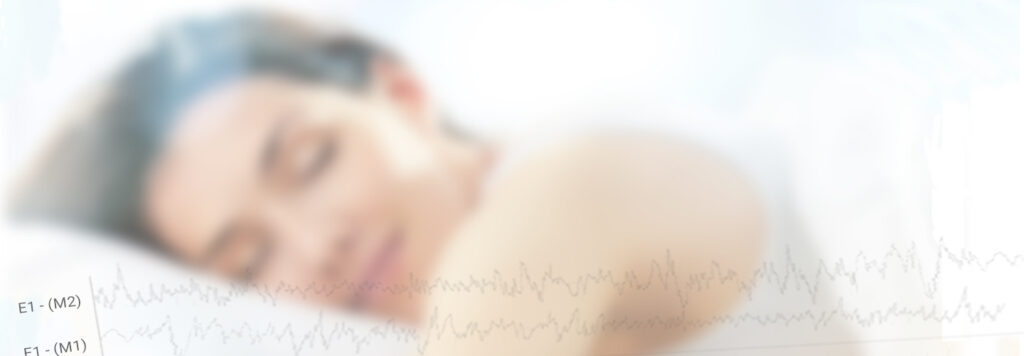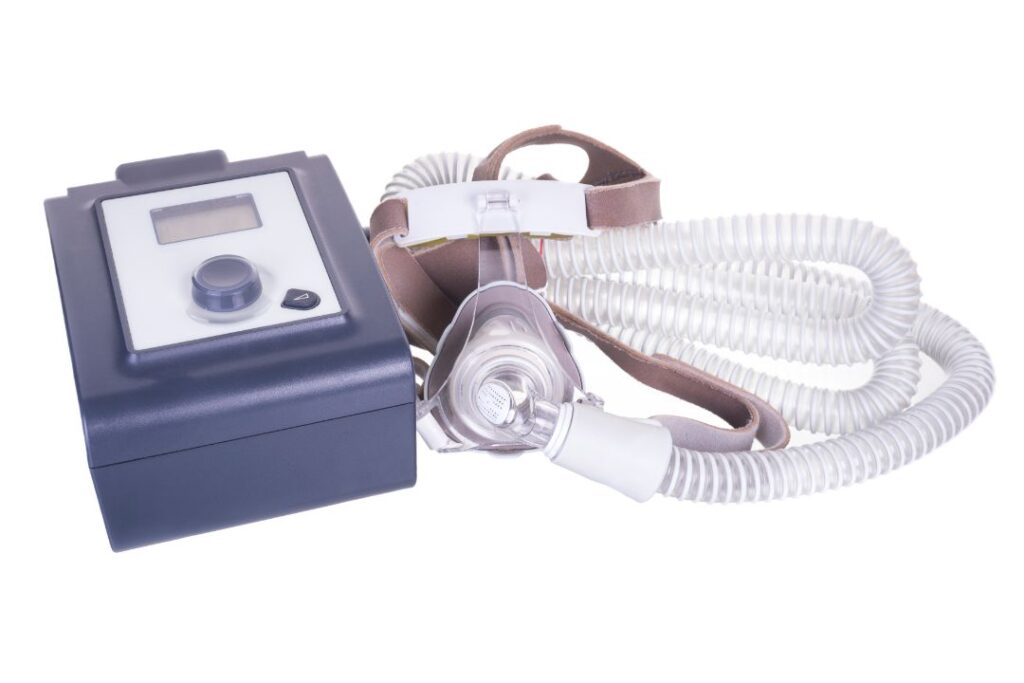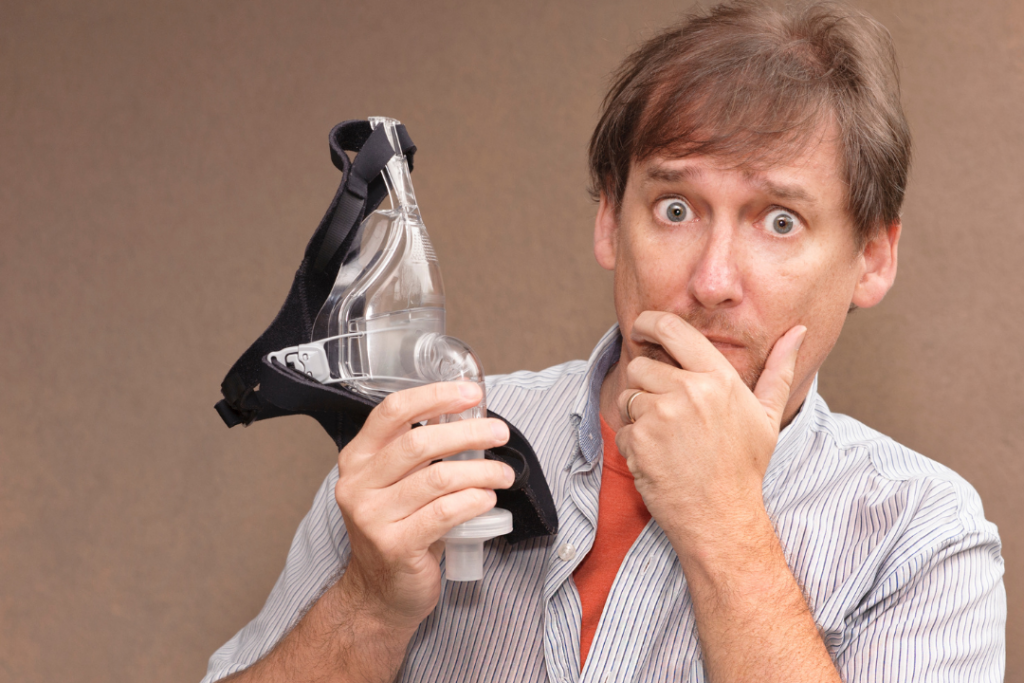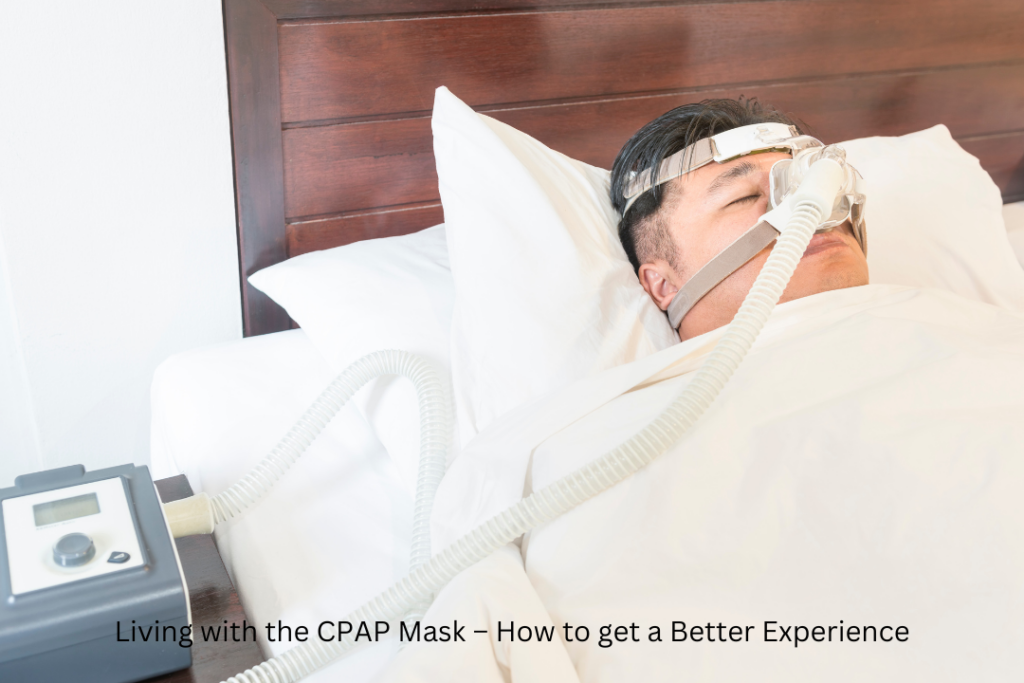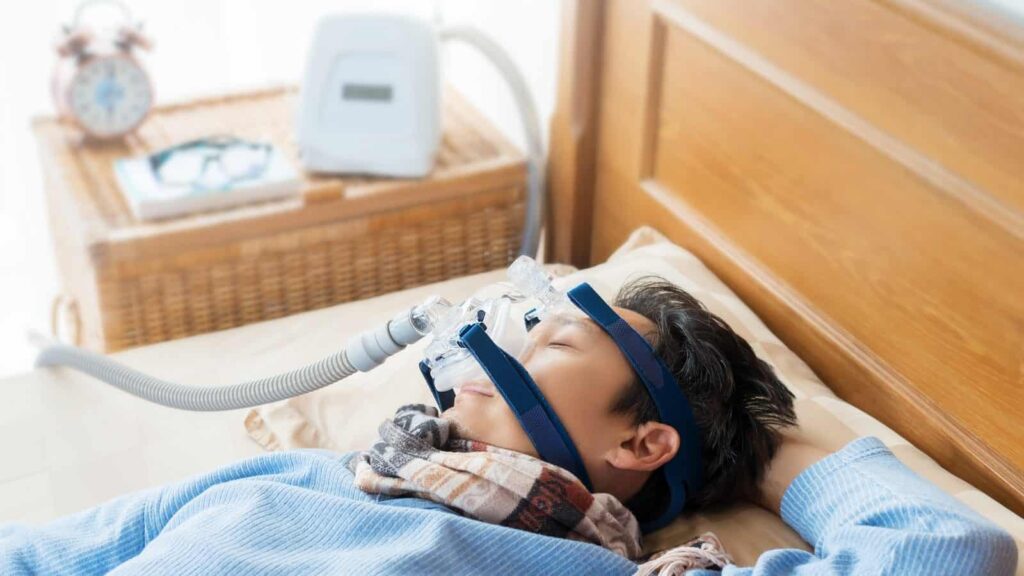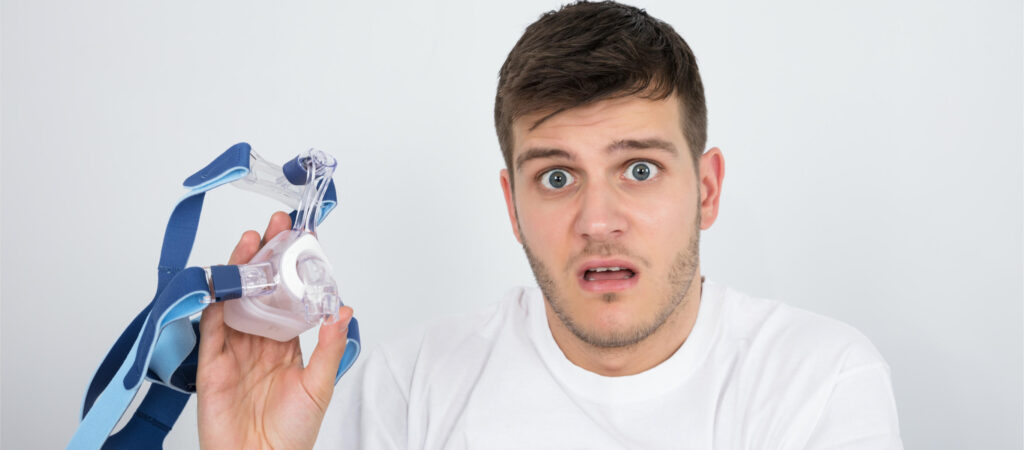Sleep Study Results: Understanding and Interpreting Sleep Assessment Findings
Sleep studies are an essential tool in the field of sleep medicine. They provide valuable insights into a person’s sleep patterns and help diagnose various sleep disorders. In this article, we will explore the importance of sleep studies, the process involved, the types of sleep disorders they identify, and how sleep study results are interpreted […]
Sleep Study Results: Understanding and Interpreting Sleep Assessment Findings Read More »


